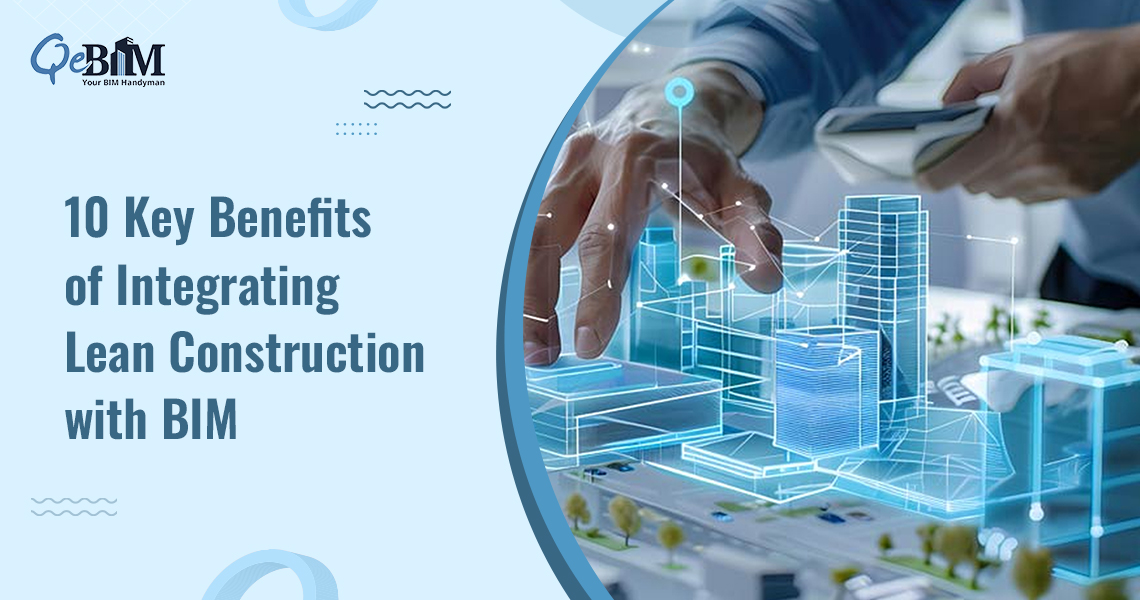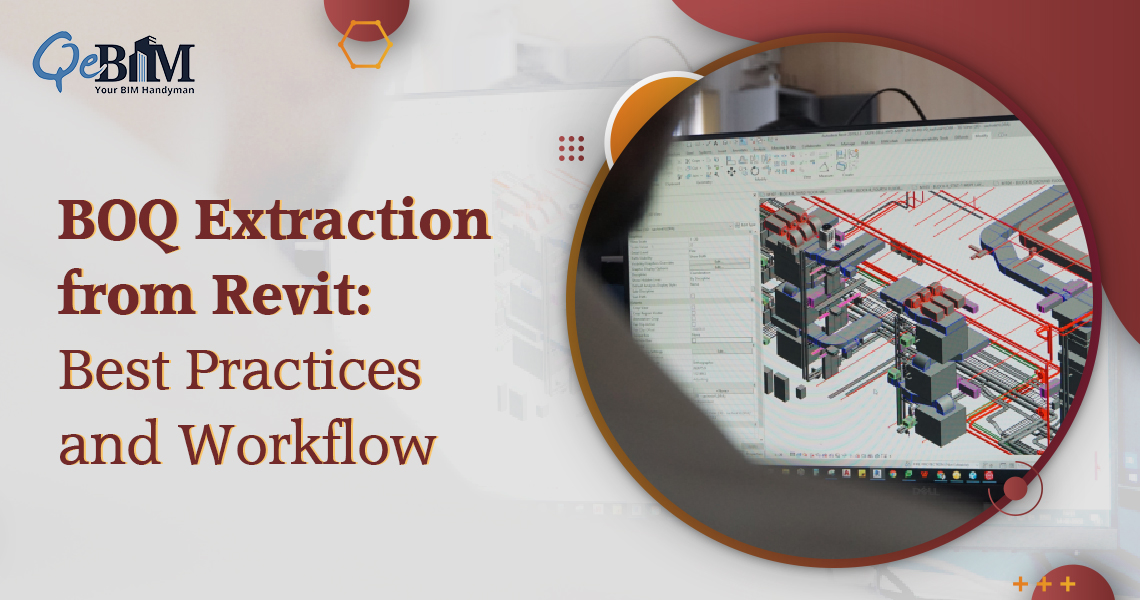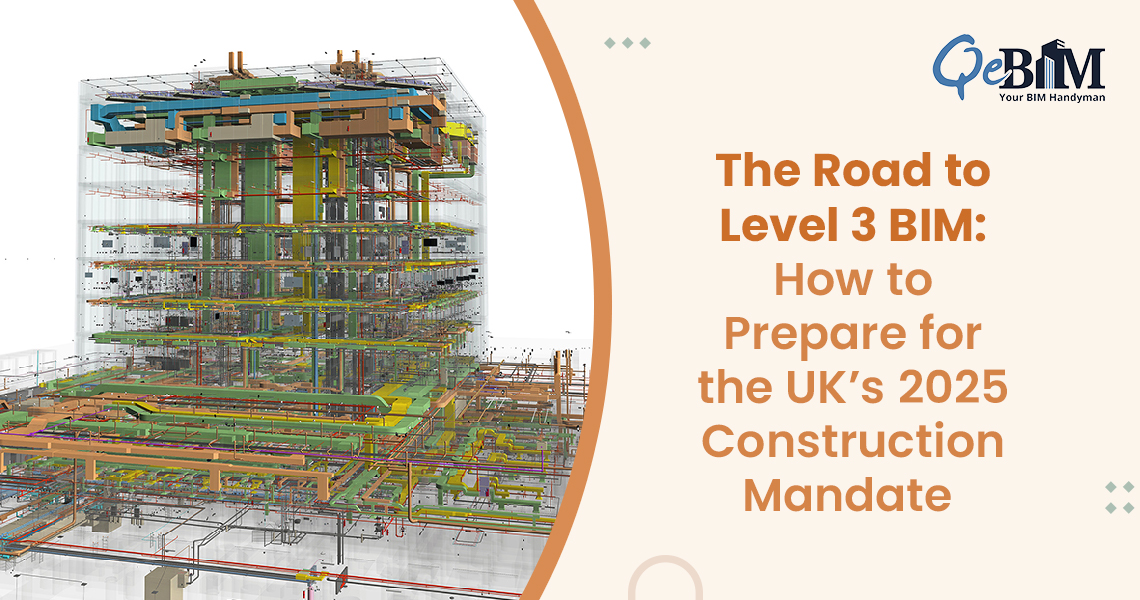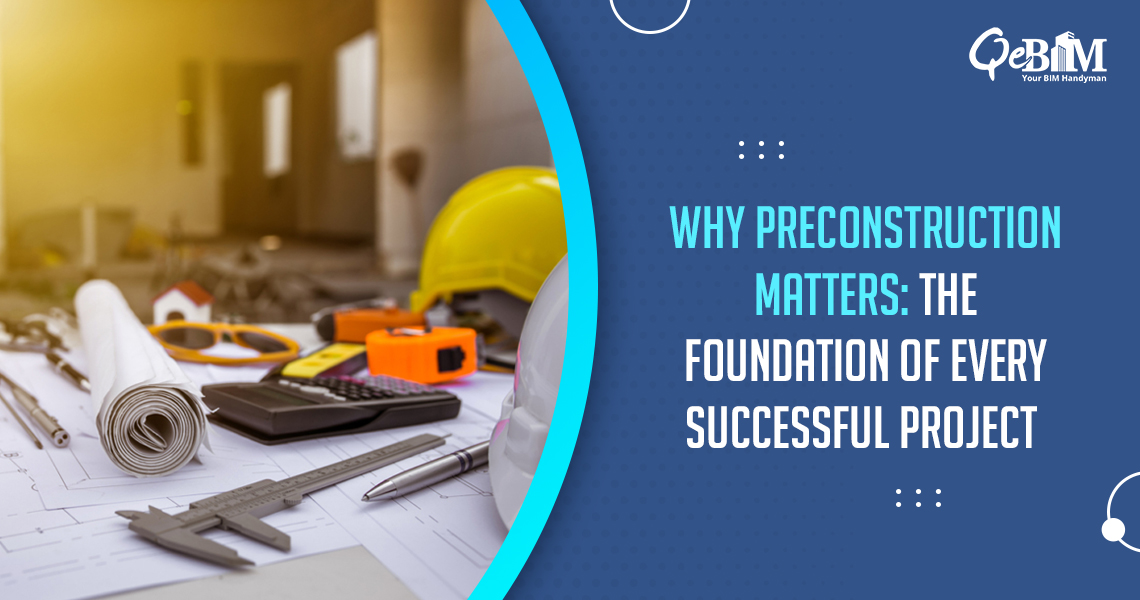In today’s construction industry, efficient processes and minimized waste are vital for staying competitive. This is where Lean Construction and Building Modeling Services comes into the scenario. While Lean Construction focuses on maximizing value by reducing waste and enhancing collaboration, BIM brings the digital precision as well as visualization to the projects. Together, Lean and BIM transforms the traditional construction practices into a streamlined, productive workflows.
Here are the top 10 benefits of integrating Lean Construction principles with BIM.
- Improving Design Quality and Consistency
With BIM, the project teams can develop the detailed digital models that incorporates accurate measurements, materials along with the specifications. The Lean Construction principles help keep these details streamlined and eliminates the non-essential components. The result? A more cohesive and high-quality design that maintains the consistency throughout the project lifecycle.
- Accuracy in Quantity Take-offs
BIM models offer a precise view of material requirements which aids in generating accurate Quantity Take-offs. Integrating Lean methods ensures that only the necessary quantities are calculated thereby minimizing the wastes and controlling the costs. This precision reduces the discrepancies in the cost estimation and helps the project stakeholders to allocate resources efficiently.
- Speeding Up the Production Timelines
Lean Construction’s emphasis on efficiency combined with the BIM’s capability to visualize and simulate every project phase do accelerates the production cycle. The teams can identify and resolve the potential bottlenecks before they impact the timelines ensuring a smoother and expedited construction process.
- Shifting to Single-Piece Flow
Single-piece flow, a concept borrowed from manufacturing focuses on completing one unit of work before moving to the next. BIM’s visualization tools allow the teams to plan and execute tasks in a sequence that reduces the idle time. By applying Lean principles, the projects adopt this approach to eliminate the batch processing, minimizes the delays and streamlines the overall flow.
- Adopting and Executing of Pull Systems
A pull system, another Lean concept, initiates work based on demand rather than pushing resources regardless of need. Through BIM, the teams can visually coordinate schedules and ensures that the materials are available as required thereby avoiding overproduction. Implementing the pull systems minimizes the inventory and prevents any unnecessary build-up of resources on-site.
- Enabling Automated Quality Checks
Automated verification and validation through BIM models help teams to detect clashes and discrepancies early on. This Lean approach prevents rework and enhances quality, as errors are resolved digitally before they occur on-site. By doing so, teams save time and resources, ensuring a higher-quality final product.
- Consensus-Driven Decision-Making
BIM models provide real-time data and visualizations that enable stakeholders to make informed decisions collectively. Lean Construction encourages cross-functional collaboration ensuring that the decisions are made with the input from all relevant parties. This informed, consensus-driven approach fosters alignment and minimizes the likelihood of costly mid-project changes.
- Ensuring Uniform Project Requirements
Maintaining the consistency in project requirements is crucial for meeting the quality standards. BIM centralizes the data and requirements thereby creating a single source of truth. When combined with Lean practices, this consistency minimizes misunderstandings, ensures compliance, and streamlines communication across teams.
- Standardized Workflows
Standardized processes are essential for quality and efficiency, both hallmarks of Lean Construction. BIM facilitates the creation of repeatable workflows, allowing teams to maintain uniformity across projects. By standardizing tasks, teams reduce variations and deliver consistently high-quality results.
- Visualizing Construction Progress
BIM’s 3D and 4D capabilities allow teams to visualize the construction process, helping them anticipate challenges and streamline workflows. Lean Construction principles promote transparency and continuous improvement, and also BIM supports these goals by making the entire production process visible, accessible, and adaptable for all team members.
Conclusion:
The integration of Lean Construction and BIM optimizes processes, reduces waste and enhances collaboration. Together, they form a powerful approach to modern construction enabling teams to meet quality, cost and timeline goals efficiently. By encompassing these benefits, the construction projects can succeed sustainably in a challenging industry.





